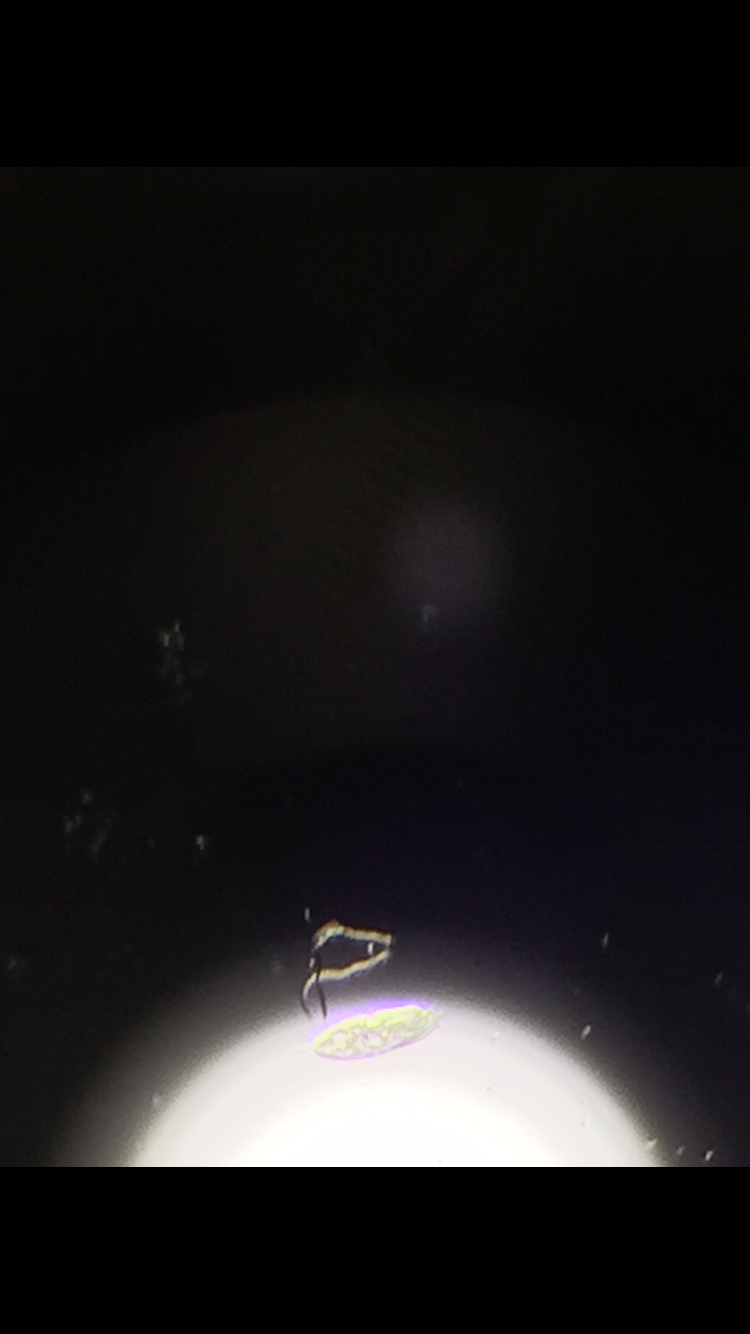User:Leah Brennan
Thursday, January 21, 2016
location topography aerial diagram abiotic biotic
Procedure I: How to Use a Dichotomous Key -Wet mount protozoa survey in mixture
size: 40um Identity: Euglena
Procedure II: Hay infusion Culture
-Smell/Appearance: Smells like stale water, dead organic plant matter, foul smelling. There is plant life on top and mold growing under the surface which has a brown and white film on top, the middle is murky and brownish
Organisms may differ close to vs. away from plant matter because certain organisms require certain conditions to live. A type of algae may live on the top layer of the water so that it can be closer to light where it may perform photosynthesis whereas a type of bacteria may only be able to live near the bottom of the water where they are better able to function, whether its because they are sensitive to light or because they are hiding from predators. It could also depend on the food sources available in each part of the habitat.
-Samples from top:
Org. 1- size: 150 um Identity: Diflugia (amoebozoa) Org. 2- size: 40 um Identity: Pandorina (algae)
-Samples from middle:
Org. 1- size: 75 um Identity: Euglena (protist) Org. 2- size: 500 um Identity: Pelomyxa (protist)
-Samples from bottom:
Org. 1- size: 30 um Identity: Paramecium (protozoa) Org. 2- size: 25 um Identity: Gonium
None of these organisms seem to be photosynthesizing, except for the Pandorina which is a type of motile algae. I would expect the Gonium to be photosynthesizing since it is a type of algae as well, but its color is not green, meaning that there is an absence of chloroplasts, which means photosynthesis cannot occur. It is possible that we did not see the color due to a microscope error or even that we mislabeled it. All of the organisms are motile but some move much slower than others. For instance the difflugia moves very slowly whereas the paramecium moves very quickly
If the Hay Infusion Culture grew for another two months, I would predict that there would ten times as many organisms living in the environment and that the culture would become significantly more complex.
LB
